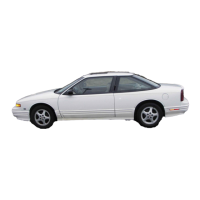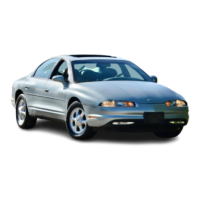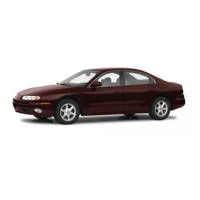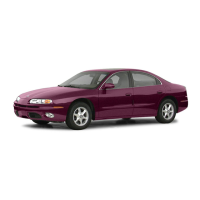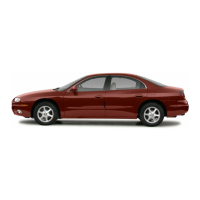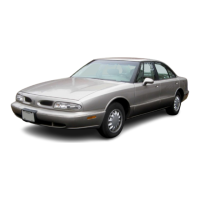Driving
on
Snow
or
Ice
Most
of the time, those places where your tires meet the
road probably have good traction.
However, if there is snow or ice between your tires and
the road, you can have a very slippery situation. You’ll
have
a
lot less traction or “grip” and will need to be very
careful.
What’s the worst time for this? “Wet ice.” Very cold
snow
or
ice can be slick and hard to drive on. But wet
ice can be even more trouble because
it
may offer the
least traction
of
all. You can get wet ice when it’s about
freezing
(32°F;
0”
C)
and freezing rain begins to fall.
Try
to
avoid driving on wet ice until salt and sand crews
can get there.
Whatever the condition
--
smooth ice, packed, blowing
or loose snow
--
drive with caution.
Keep your traction control system on.
It
improves your
ability to accelerate when driving on a slippery road. Even
though your vehicle has
a
traction control system, you’ll
want
to
slow down and adjust your driving to the road
conditions. See “Traction Control System”
in
the Index.

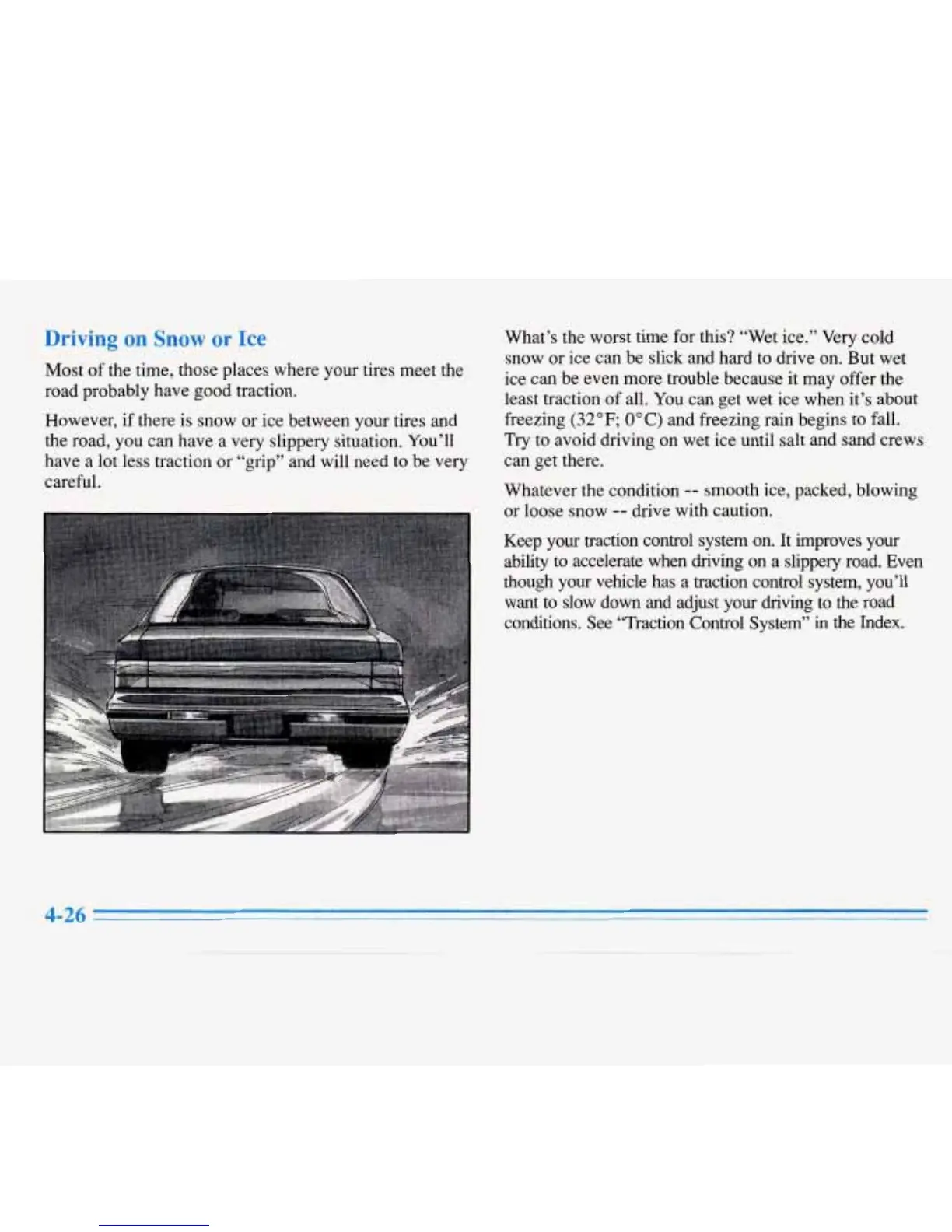